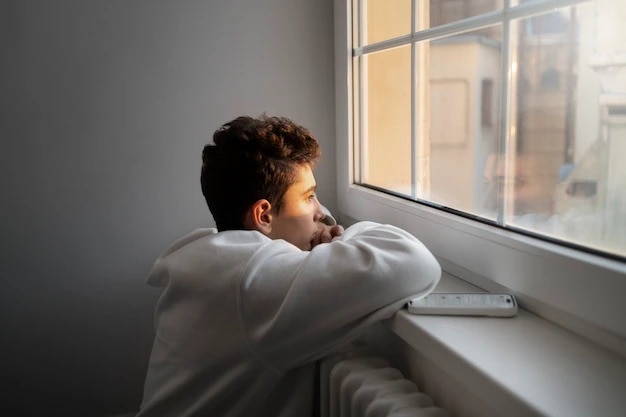Kids with seasonal affective disorder feel sad or irritable during certain times of the year. The symptoms of SAD are similar to other types of depression.
Seasonal Affective Disorder (SAD) is a form of depression that can occur in children as well as adults. SAD affects people mainly in the fall and winter months, when days are shorter and exposure to sunlight is limited. Kids with seasonal affective disorder feel sad or irritable during certain times of the year. When the season changes again, these symptoms of depression go away.
Not every child will experience seasonal depression in the same way. Some will experience only a few symptoms, while others may display a multitude of issues. The symptoms of SAD are similar to other types of depression:
- Feeling Hopeless
- Trouble making decisions
- Struggling in school
- Gaining or losing weight
- Lack of energy
- Being tired all the time
TREATMENT OF SEASONAL AFFECTIVE DISORDER IN KIDS
Here are seven tips to help kids suffering from Seasonal Affective Disorder:
- Maximise Exposure to Natural Light: Encourage outdoor activities during daylight hours. Exposure to natural light helps regulate circadian rhythms and improve mood. Consider organising outdoor playtime, sports, or nature walks to enhance sunlight exposure.
- Create a Well-lit Environment Indoors: Ensure indoor spaces are well-lit, especially during the darker months. Open curtains during the day, use artificial lights and consider day-light-simulating bulbs. A well-lit environment can positively impact mood and energy levels.
- Establish a Consistent Routine: Consistency is crucial for children with Seasonal Affective Disorder. Establish and maintain a regular daily routine, including a consistent sleep schedule meal time, and activities. Predictability can provide a sense of stability and comfort.
- Encourage Physical Activity: Regular exercise has been shown to reduce symptoms of depression, including those associated with SAD. Engage children in activities they enjoy, such as sports, dancing or even family fitness routines. Physical activity releases endorphins, which can improve mood.
- Introduce Light Therapy: Light therapy, or phototherapy, involves exposure to a bright light that mimics natural sunlight. Consult with a healthcare professional to determine if light therapy is suitable for your child and, if recommended, establish a safe and consistent routine for its use.
- Promote Healthy Eating Habits: Ensure that children have a balanced and nutritious diet. Foods rich in omega-3 fatty acids, such as fish, walnuts, and flaxseeds, may have positive effects on mood. Limit sugar snacks and processed foods, as they can contribute to mood swings and energy crashes.
- Open Communication: Create an open and supportive environment for communication. Encourage children to express their feelings and listen attentively. Acknowledge the challenges they may face during the darker months and work together on strategies to cope.
It’s important to note if a child’s symptoms persist or worsen, seeking professional help from a paediatrician, child psychologist, or mental health professional is important. They can provide a thorough assessement and recommend appropriate interventions tailored to the child’s specific needs.
–>
